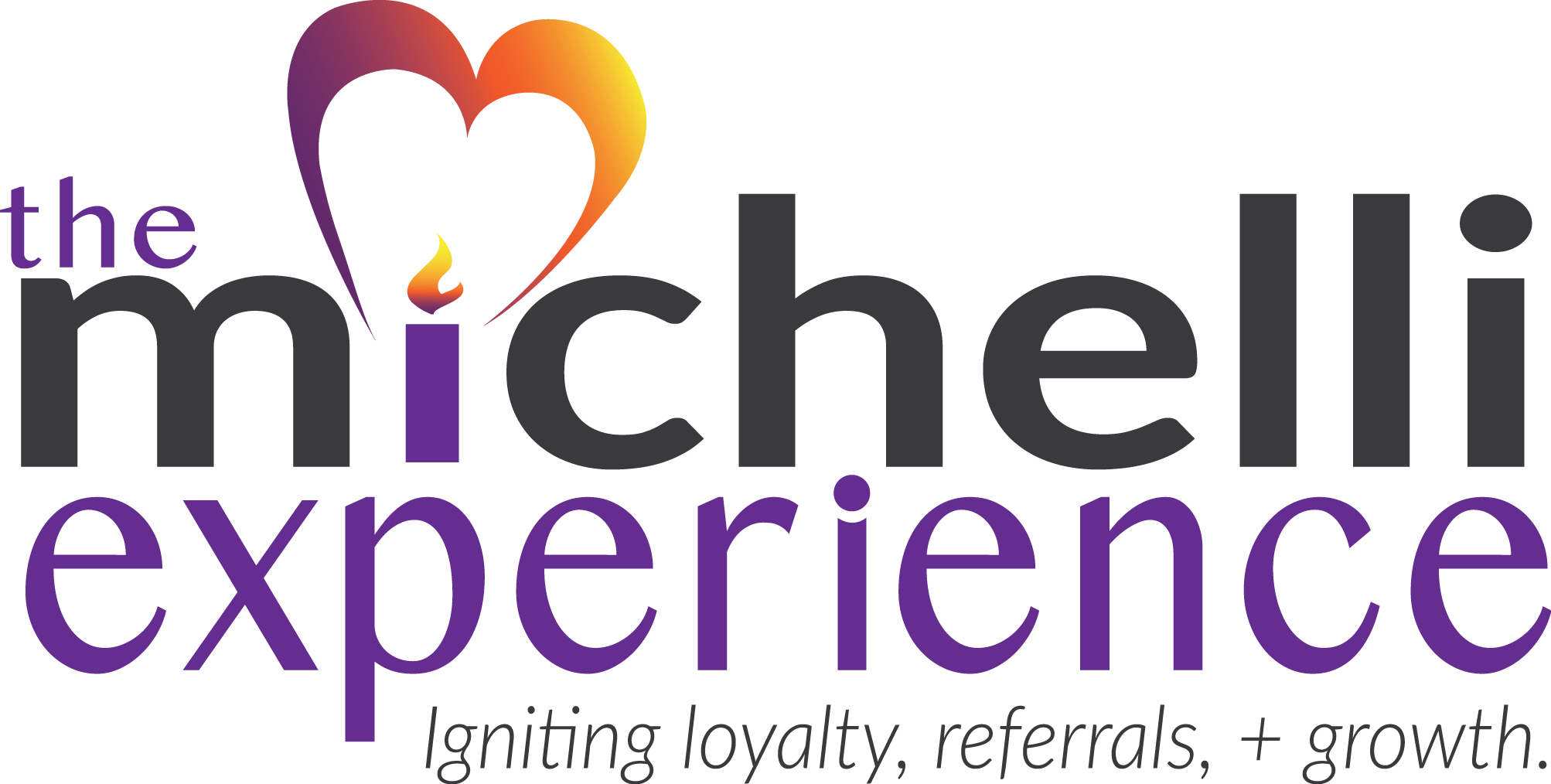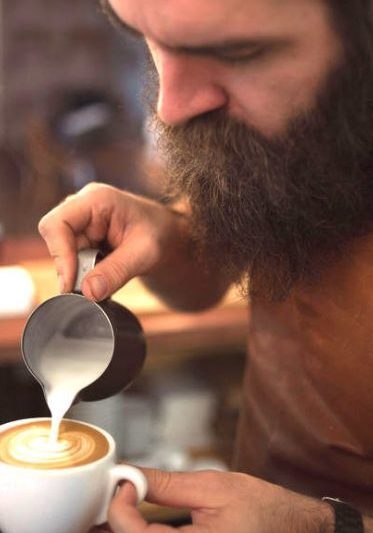The founder and former CEO of Amazon, Jeff Bezos said,
“brands are what people say about you when you are not around.”
Over the years, I modified that quote to suggest that
“customer experiences are little more than what people say or post about you.”
Recently, I’ve reconsidered the accuracy of Bezos’ quote and my modification.
While it’s important to pay attention to what customers say about your business in surveys, direct conversations, and online posts, those listening methods often provided responses at the extremes.
Posts or survey results are most often provided by highly disgruntled or extraordinarily delighted segments of your customer base. In essence, the emotions of upset or happy customers increase the likelihood they will take the time to offer input.
So, how can we augment our understanding of customers – who silently experience our products or service? In a word, through “observation.”
It’s been said that,
if you want to know what people value, “watch their wallets and their feet.”
When it comes to customers, observing their behavior is a key element for supplementing “VOICE of Customer (VOC) programs. Let’s look at four steps to gaining customer insights based on behavioral observation.
1) Establish processes for unobtrusive customer observation – Formal observation tools have evolved over the years. Early in my career, my team and I would inconspicuously track window looks and in-store behavior of customers entering retail stores like Pandora Jewelry. Similarly, I worked with Starbucks when they developed a low-tech process called the “customer walk. ‘ During the “customer walk,” Starbucks employees (called partners) rotate through an observational process that involves walking from the parking lot to the cash register and paying attention to customer behavior as well as store conditions. With the advent of technological tracking mechanisms, store managers can now “heat map” where customers congregate, assess where customers look and identify what customers touch or avoid. Prospects’ and customers’ online journeys are also easily tracked by watching mouse clicks. Whether “high tech” or “low tech,” tools and processes need to be deployed to enhance customer understanding.
2) Look at where customers spend time, seem to get lost, or are at risk for defection – Irrespective of the tool or process you use, your goal should be to infer the customer experience based on observation. Are customers spending a lot of time on a webpage because it is engaging or because they are confused? Inferences are often based on the behaviors that follow. Does the customer’s observed behavior increase the likelihood they will move to purchase or future engagement, or does it decrease that probability?
3) Considered qualitative studies to supplement behavioral observation – Frequently, observational studies are enhanced by an ethnographic technique like “shadowing” or “journaling.” To use the Pandora Jewelry example, in addition to unobtrusive observation, we approached a random sample of customers asking if we could shadow them during their in-store journey. For those who agreed, we asked questions periodically as they shopped. Since shadowing does affect the objectivity of measurement, customer “real-time” perceptions gained from the process were used to guide additional experimentation.
4) Share learning from behavioral observation and use agile design to drive improvements – Like all forms of customer input, observational information should shape agile design and enhancement efforts. Consider all observations to be hypotheses, which can enable potential solutions or design improvements. Each improvement effort should, in turn, receive further testing. Using the Pandora example, a test was done to see if on-counter spinning displays resulted in more customers touching and buying products placed on those accessible displays.
I call observation,
“listening with your eyes.”
How well are you doing with behavioral observation, and is it offering insights from customers who don’t routinely speak up on surveys or on social media?
To learn more about ways to enhance behavioral observation and customer insights for your business, please don’t hesitate to get in touch with me at josephmichelli.com/contact.

Joseph A. Michelli, Ph.D. is a professional speaker and chief experience officer at The Michelli Experience. A New York Times #1 bestselling author, Dr. Michelli and his team consult with some of the world’s best customer experience companies.
Follow on Twitter: @josephmichelli



